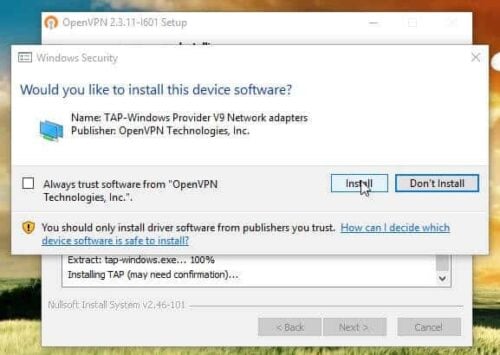

# Configure VPN service and generate client profiles umask go=

You may also be interested in this guide: How to install and configure Active Directory Certificate Services.Configure VPN service and generate client profiles. You may want to see how to install and configure Active Directory Certificate Services. Please see the following interesting related how-to articles on how to import a certificate into the Trusted Root and Personal file certificate store, how to request a certificate signing request in Windows using Microsoft Management Console, and how to export a certificate in PFX format in Windows. In this case, you will have to install a certificate to the VPN server and VPN client or on the VPN Server only. Step A: This step is optional and it depends if you will be using L2TP in your environment. Layer Two Tunneling Protocol (L2TP): Provides data encryption, authentication, and integrity using IPSec. Point-to-Point Tunneling Protocol (PPTP): Provides data encryption using Microsoft Point-to-Point Encryption. The two tunneling protocols included with Windows are: In the next guide, I will be showing you how to use the rich remote access experience based on DirectAccess by enabling DirectAccess on this server. In this guide, we will be using "Only VPN" for providing remote access to your clients. This guide will demonstrate how to install, configure and use Windows Server VPN.

Here are some related contents: Windows 10 Always On VPN (AOVPN), Quick Steps in Setting Up AWS VPC, how to Activate (License) Cisco ASA 5505, how to create a certificate template for BitLocker Network Unlock, and how to configure An圜onnect SSL VPN Client Connections. These implementation steps apply to Windows Server 2016, 2019, and 2022. A VPN combines the virtues of a dial-up connection to a dial-up server with the ease and flexibility of an Internet connection. Then, what is a virtual private network (VPN)? A VPN is a means of connecting to a private network such as your corporate network. A remote access connection consists of a server(s) and clients that remotely access the contents of the server (network). This provides an encrypted and secure connection over an insecure network such as the Internet. Remote access is used to access your network remotely.


 0 kommentar(er)
0 kommentar(er)
